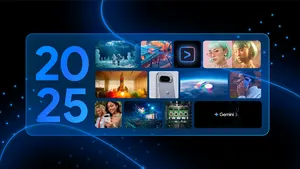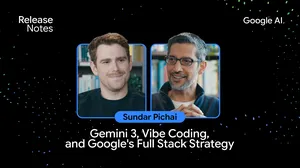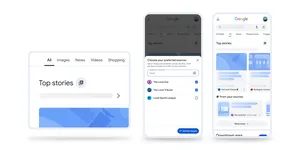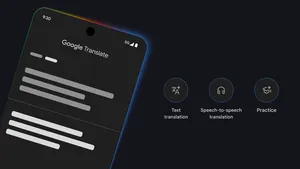How MUM improved Google Searches for vaccine information
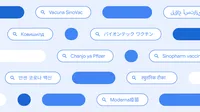
Soda, pop; sweater, jumper; soccer, football. So many things go by different names. Sometimes it’s a function of language, but sometimes it’s a matter of cultural trends or nuance, or simply where you are in the world.
One very relevant example is COVID-19. As people everywhere searched for information, we had to learn to identify all the different phrases people used to refer to the novel coronavirus to make sure we surfaced high quality and timely information from trusted health authorities like the World Health Organization and Centers for Disease Control and Prevention. A year later, we’re encountering a similar challenge with vaccine names, only this time, we have a new tool to help: Multitask Unified Model (MUM).
Understanding searches for vaccine information
AstraZeneca, CoronaVac, Moderna, Pfizer, Sputnik and other broadly distributed vaccines all have many different names all over the world — over 800, based on our analysis. People searching for information about the vaccines may look for “Coronavaccin Pfizer,” “mRNA-1273,” “CoVaccine” — the list goes on.
Our ability to correctly identify all these names is critical to bringing people the latest trustworthy information about the vaccine. But identifying the different ways people refer to the vaccines all over the world is hugely time-intensive, taking hundreds of human hours.
With MUM, we were able to identify over 800 variations of vaccine names in more than 50 languages in a matter of seconds. After validating MUM’s findings, we applied them to Google Search so that people could find timely, high-quality information about COVID-19 vaccines worldwide.
Surfacing trustworthy information about COVID-19 vaccines in Search.

Transferring knowledge across languages
MUM was able to do a job that should take weeks in just seconds thanks to its knowledge transfer skills. MUM can learn from and transfer knowledge across the 75+ languages it’s trained on. For example, imagine reading a book; if you’re multilingual, you’d be able to share the major takeaways of the book in the other languages you speak — depending on your fluency — because you have an understanding of the book that isn’t language- or translation-dependent. MUM transfers knowledge across languages much like this.
Similarly, with its knowledge transfer abilities, MUM doesn’t have to learn a new capability or skill in every new language — it can transfer learnings across them, helping us quickly scale improvements even when there isn’t much training data to work with. This is in part thanks to MUM’s sample efficiencies — meaning MUM requires far fewer data inputs than previous models to accomplish the same task. In the case of vaccines, with just a small sample of official vaccine names, MUM was able to rapidly identify these variations across languages.
Improving Google Search with MUM
This first application of MUM helped us get critical information to users around the world in a timely manner, and we’re looking forward to the many ways in which MUM can make Search more useful to people in the future. Our early testing indicates that not only will MUM be able to improve many aspects of our existing systems, but will also help us create completely new ways to search and explore information.

